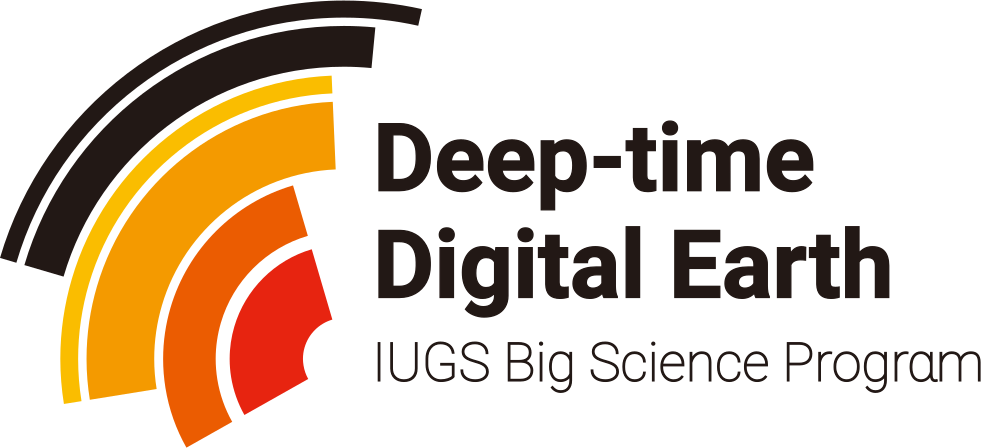
Western Canadian Select

Western Canadian Select is one of North America's largest heavy crude oil streams. It is a heavy blended crude oil, composed mostly of bitumen blended with sweet synthetic and condensate diluents and 25 existing streams of both conventional and unconventional Alberta heavy crude oils at the large Husky Energy terminal in Hardisty, Alberta. Western Canadian Select—which is the benchmark for emerging heavy, high TAN (acidic) crudes—:9 is one of many petroleum products from the Western Canadian Sedimentary Basin oil sands. WCS was launched in December 2004 as a new heavy oil stream by EnCana (now Cenovus), Canadian Natural Resources Limited, Petro-Canada (now Suncor) and Talisman Energy Inc. (now Repsol Oil & Gas Canada Inc.). Husky Energy has managed WCS terminal operations since 2004 and joined the WCS Founders in 2015.Mexico's government insulated itself from the oil slump after it managed to hedge 212 million barrels of planned exports for 2016, using options contracts to secure an average price of $49 a barrel. The nation’s 2015 oil hedge provided it with a bonus of $6.3 billion.CN GATX 7565 tank carUnderstanding the trading flows through such lynchpin oil facilities can provide valuable insight for oil traders, who scour the market for information that may help them predict how much oil is being shipped to different parts of the country. Large price discounts for oil in locations poorly served by pipelines have offered traders attractive opportunities if they can figure out how to get the crude to higher-priced markets. Data on crude-by-rail shipments is particularly opaque, with government figures only available months after.A second tanker, the Stealth Skyros, is scheduled to load WCS crude from Montreal at the end of next week for delivery to the U.S. Gulf Coast, a person with knowledge of booking said today. That shipment will be the first waterborne delivery to the Gulf from eastern Canada for the oil, which is typically carried by pipeline.Oil tanker, double hullDouble hullOil tanker side viewAn Aframax double-hulled crude oil tanker similar to the Minerva GloriaThe state levies a 5% production tax on the gross value at the wellhead of all oil produced in the state, with some exceptions. The state also levies an oil extraction (excise) tax on produced oil. In 2012 the state collected $1.68 billion in oil revenues, up 71.4% over its 2011 collections. Oil taxes provide 42.3% of the state’s total net revenues, nearly four times the individual income tax and more than eight times the revenue received from corporate income taxes. The state’s 5% oil production tax is split between state and county governments. The state treasurer takes 20% that it then allocates to cities and to an impact grant program. The remaining 80% is split between the state and county governments according to a mandated formula.The state created a legacy fund in 2010 — similar to a sovereign wealth fund in foreign nations — to salt away some of the state’s revenues from oil and gas production. By law, 30% of the state’s oil and gas taxes (after some mandated distributions) are deposited in the legacy fund. This has resulted in oil and gas tax collections of $446.3 million for fiscal year 2012, $824.7 million for fiscal year 2013 and $926.6 million for fiscal year 2014.After an oil sands royalty project reaches payout, the royalty payable to the Crown is equal to the greater of: (a) the gross revenue royalty (1% - 9%) for the period, and (b) the royalty percentage (25% - 40%) of net revenue for the period. Effective January 1, 2009 the royalty percentage of net revenue is also indexed to the Canadian dollar price of WTI. It is 25% when the WTI price is less than or equal to $55/bbl, rising linearly to a maximum of 40% when the price reaches $120/bbl.For royalty purposes, net revenue equals project revenue less allowed costs. Western Canadian Select is one of North America's largest heavy crude oil streams. It is a heavy blended crude oil, composed mostly of bitumen blended with sweet synthetic and condensate diluents and 25 existing streams of both conventional and unconventional Alberta heavy crude oils at the large Husky Energy terminal in Hardisty, Alberta. Western Canadian Select—which is the benchmark for emerging heavy, high TAN (acidic) crudes—:9 is one of many petroleum products from the Western Canadian Sedimentary Basin oil sands. WCS was launched in December 2004 as a new heavy oil stream by EnCana (now Cenovus), Canadian Natural Resources Limited, Petro-Canada (now Suncor) and Talisman Energy Inc. (now Repsol Oil & Gas Canada Inc.). Husky Energy has managed WCS terminal operations since 2004 and joined the WCS Founders in 2015. Crude prices are typically quoted at a particular location. Unless stated otherwise, the price of WCS is quoted at Hardisty and the price of West Texas Intermediate (WTI) is quoted at Cushing, Oklahoma. By December 14, 2015 with the price of WTI at $35 a barrel, WCS fell '75 per cent to $21.82,' the lowest in seven years and Mexico's Maya heavy crude was down '73 per cent in 18 months to $27.74. According to monthly data provided by the U.S. Energy Information Administration (EIA), in 2015 'Canada remained the largest exporter of total petroleum to the United States exporting 3,789 thousand bpd in September and 3,401 thousand bpd in October.' This has increased from 3,026 thousand bpd in September 2014. This represents 99% of Canada's oil exports and gives Americans no incentive to pay more for Canadian petroleum. In November 2018, the price of WCS hit its record low of less than US$14 a barrel. From 2008 through 2018, WCS sold at an average discount of US$17 against WTI. In the fall of 2018, the differential widened to a record of around US$50. Following the December 2 announcement of mandatory oil production cut backs in Alberta, the price of WCS rose to c.US$26.65 a barrel. Following a sharp downturn in the price of oil internationally in December, its recovery in January helped the price of WCS to increase to US$28.60 with WTI at US$48.69. The global price rose in response to lower OPEC oil productions levels. In March 2019, the differential of WTI over WCS decreased to $US9.94 as the price of WTI dropped to US$58.15 a barrel, which is 7.5% lower than it was in March 2018, while the price of WCS increased to US$48.21 a barrel which is 35.7% higher than in March 2018. Bitumen comprises all of Canada's unconventional oil, and is either upgraded to synthetic light crude, processed into asphalt or blended with other crudes and refined into products such as diesel, gasoline and jet fuel oil. WCS was launched in December 2004 as a new heavy oil stream by Cenovus (then EnCana), Canadian Natural Resources Limited, Suncor (then Petro-Canada) and Talisman Energy Inc. Since it came onstream WCS has been blended at the Husky Hardisty terminal. According to Argus, in 2012 the WCS blend is produced by only the four companies mentioned above. 'he prospects for adding new producers are complicated by the internal rules set in place to compensate each producer for its contributions to the blend.' Companies tied to WCS as benchmark such as MEG Energy Corp, whose output is bitumen, benefit with an annual cash flow increase of 40% with every $5 increase in the price of WCS. Crude from MEG's 210,000-barrel-a-day Christina Lake oil sands site is marketed as Access Western Blend, which competes with WCS. Others such as BlackPearl Resources Inc. and Northern Blizzard Resources Inc also benefit from the higher WCS price. 'In the seven weeks that heavy crude has staged its rebound, MEG shares are up 27 per cent, BlackPearl’s 37 per cent and Northern Blizzard’s 21 per cent.' Crude prices are typically quoted at a particular location. Unless stated otherwise, the price of WCS is quoted at Hardisty and the price of West Texas Intermediate (WTI) is quoted at Cushing, Oklahoma.


